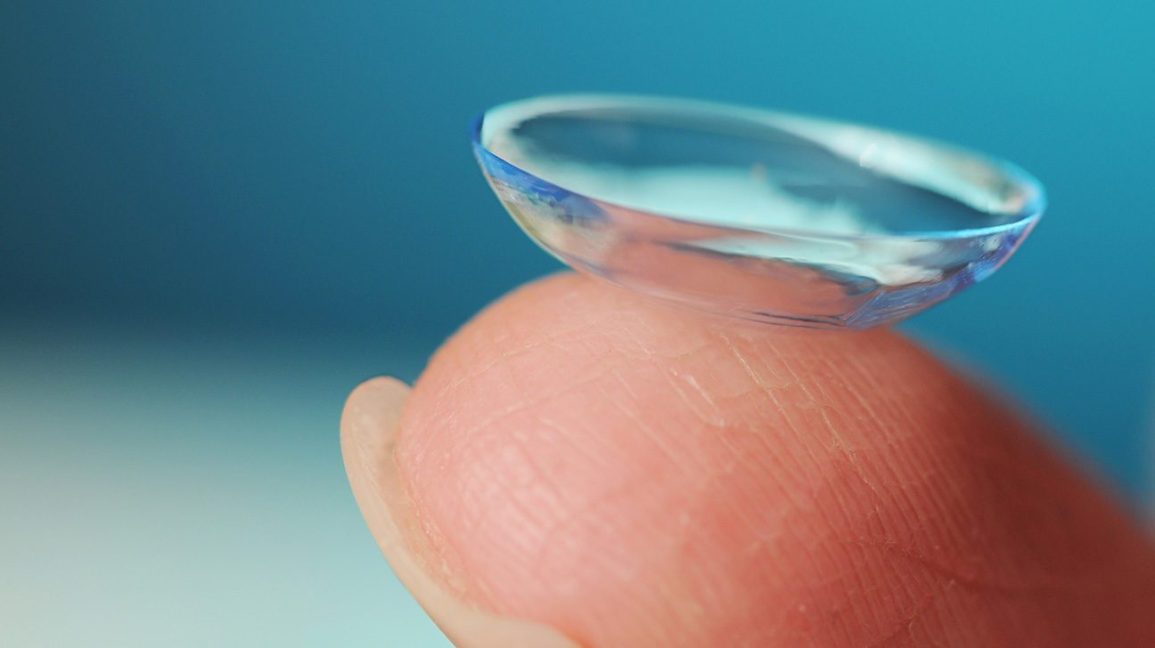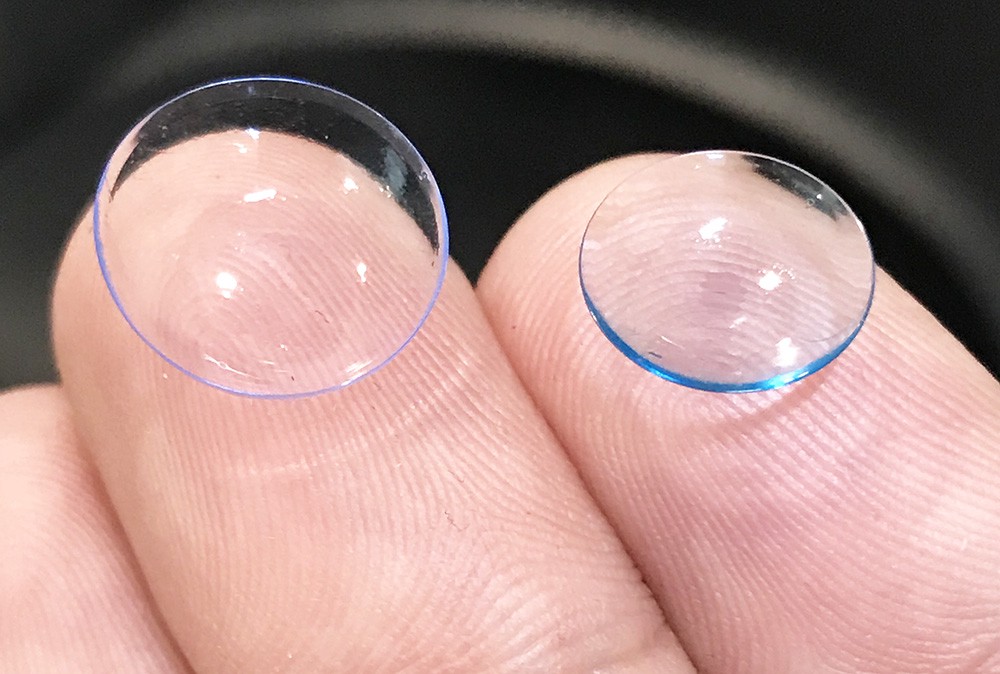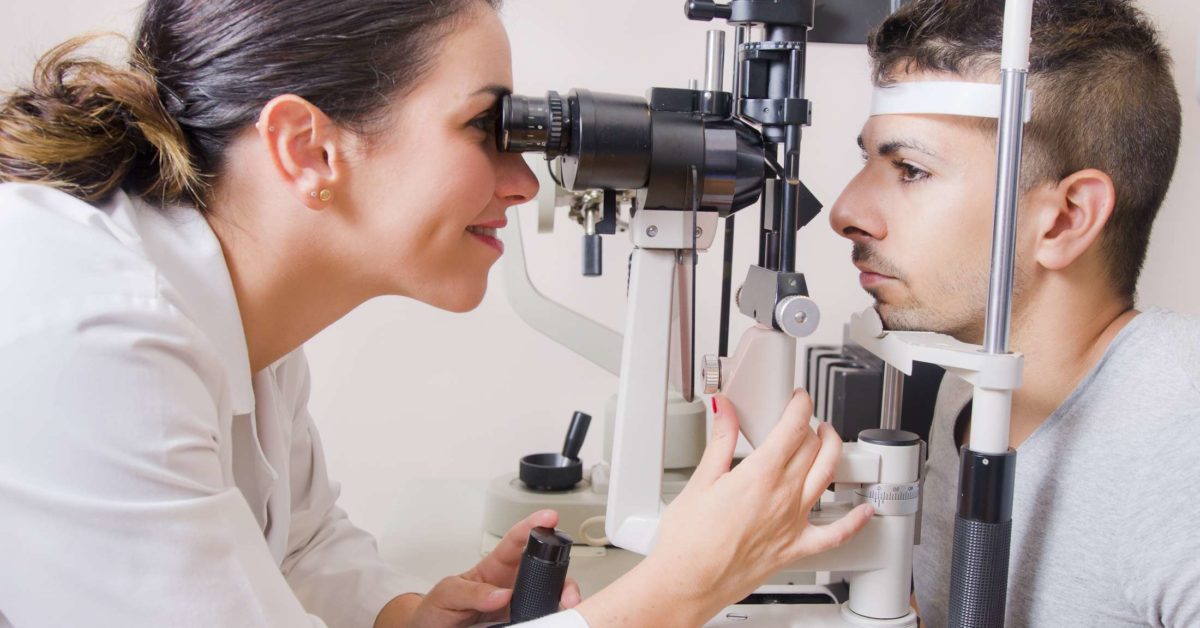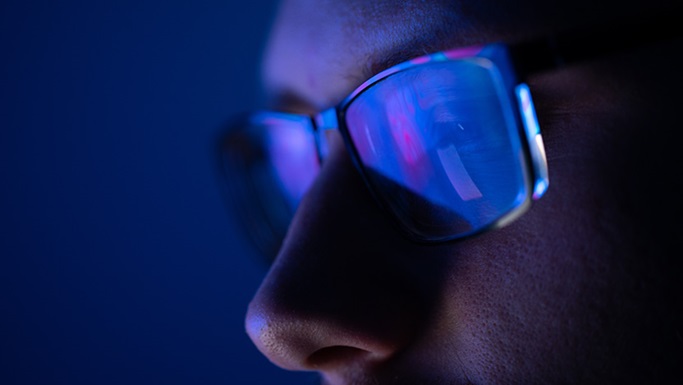At around the age of 40, majority will develop Presbyopia (老花眼) and will experience symptoms such as blurry near vision. There are ways to correct presbyopia such as reading glasses, progressive glasses and progressive contact lenses. In our previous article, we have talked about different ways to correct presbyopia with contact lenses. To understand more, click here. In today’s article, we will be talking more about progressive contact lenses (Multifocal).


Multifocal Contact Lenses
Progressive contact lenses are also called Multifocal contact lenses. They are contact lenses with different degree in one lens to provide clear vision for different distances.
Benefits of Multifocal Contact Lenses
The cost of these contact lenses is slightly higher than normal single vision contact lenses. However, it can benefit people with presbyopia in different ways. Multifocal contact lenses can reduce your reliance on spectacle, providing you with clear vision for different distances.
Majority would prefer not to wear spectacle during their sports as they can be inconvenient. Spectacles can be heavy and keep sliding down your nose bridge when you exercise. Spectacles also gets fogged up and can be a hindrance depending on the type of sports you do. With multifocal contact lenses, you will be able to have clear and wide distance vision and still be able to see your watch / phone without your spectacle during your workout.
Other than convenience, some prefer contact lenses because they find themselves looking better and more confident without spectacles. With multifocal contact lenses, you will be able to see faces clearly and read words on the menu when attending events or dates.

Who is suitable for Multifocal Contact Lens
Early Presbyopes in 30s, Presbyopes aged 40 and above
Multifocal contact lens is suitable for people with presbyopia aged from 40 and those who develop presbyopia early in their 30s. For elderly aged 70 and above, if they have not worn contact lenses before, they might not be suitable as they might have issues with the insertion and removal of contact lenses due to many reasons such as hand tremors or severe dry eyes.
Existing contact lens wearer
For current contact lens wearers, reading glasses will be needed if you are using normal single vision contact lenses. With the use of multifocal contact lens, you will not need to bring reading glasses wherever you go. If you are someone who need to use the laptop, you will not need computer glasses too. Forgetting to bring your reading glasses or computer glasses out with you can also be a hassle.
Monovision users
Monovision is another method to correct presbyopia. It involves one eye being corrected to have clear distance vision while the other eye is corrected to have clear near vision. However, not everyone is able to adapt to monovision. Some can be using monovision for quite some time but as the reading power increase, they feel uncomfortable and are not able to adapt to monovision.
Multifocal contact lenses is therefore suitable for current monovision users who feel monovision is causing poor 3D perception, poorer vision with both eyes, poor night vision or adaptation issues.
Spectacle wearers, first time contact lens wearers
Spectacle wearers, first time contact lens wearer who wants to wear contact lenses for occasional or frequent use are also suitable. Occasional wear can be wearing the lenses for 2-3 times a week for exercising, events or even work. Some spectacle wearers still prefer spectacle in their usual daily activities. They prefer to wear contact lenses only during sports or important events. We will recommend the lenses based on your lifestyle and how often you are going to wear the lenses.
People with no distance prescription
If you don’t need glasses to see the distance but need reading glasses, multifocal contact lenses can be a great option as you don’t have to carry a pair of reading glasses with you wherever you go.
Types of Multifocal Contact Lenses
There are 2 types of multifocal contact lenses, soft and rigid gas permeable.
Soft Multifocal Contact Lenses
For soft multifocal contact lenses, the central is for either distance / near vision and there is a gradual change in power towards the peripheral.


Rigid Gas Permeable (RGP) Multifocal Contact Lens
RGP multifocal contact lens is hard contact lenses. They are allows more oxgyen to pass through and are more resistant to deposits on the lens. As compared to Soft multifocal contact lenses, RGP multifocal is harder and smaller.

R: RGP Contact Lens
For current soft multifocal contact lenses, first time wearer who are not satisfied with their current corrected vision are good candidates this lens. Astigmatism is not available for soft multifocal contact lenses. However, it is available for RGP multifocal contact lenses. Hence, presbyopes with astigmatism are also good candidate for RGP multifocal contact lenses. However, the cost of RGP multifocal contact lenses is higher than soft multifocal contact lenses.
An example of RGP multifocal contact lens available in Singapore is Menifocal Z.
The image below shows the lens design of Menifocal Z. The center of the lens will be for distance vision while the peripheral portion of the lens will be for near vision. It works just like progressive glasses.
To determine which type of lens is more suitable for you, you will need to undergo a contact lens consultation.
Multifocal Contact Lens available
At Evershine Optical, we offer are B&L Ultra, Biotrue, SofLens, Acuvue Moist, Alcon AirOptix, Alcon Dailies Total 1 and Alcon AquaComfort.







Multifocal contact lenses are available in both dailies and monthly. We will recommend the modality based on your lifestyles. For occasional wear such as sports or events once or twice a week, we will recommend dailies. For frequent wear more than 3 times a day for work, sports or special occasion, it will be more worth to opt for monthly.
How long does it take to adapt to Multifocal Contact Lens
During the adaptation period, you might experience glare, haloes or shadows at night. As your eyes see clear and blur images at the same time with multifocal contact lens, your brain may take some time to adjust.
The adaptation period depends on every individual. Some can adapt to multifocal contact lenses immediately while some might take a few days.
Similarly to progressive glasses, it might take longer for people with higher reading power to adapt. Starting multifocal contact lens early when your reading power is low, allows you to adapt to the lenses faster for a first timer. In addition, when you need to change to a higher reading power in the future, you will also be able to adapt faster if you start early.
Multifocal Contact Lenses @ Evershine Optical

Multifocal contact lenses are different from normal single vision contact lenses. You might experience some problems after inserting the lenses.
Even though the prescription for the contact lenses is theoretically correct, you might still experience blur distance vision but clear near vision, clear distance vision but blur near vision or blurry distance and near vision. Our optometrists will then need to adjust the prescription and determine which degree can provide clear vision at all distance for you.
Based on the fitting and the outcome of your vision through the multifocal contact lenses, we may prescribe a combination of single vision and multifocal contact lenses. On some occasion, reading glasses may still be required.
Why is it important to have a fitting session?
Hence, a contact lens fitting session is needed for multifocal contact lenses. This is to ensure that your vision and fit is good with the lenses. Without a fitting session, you will need to revisit us when problem arises which can cause inconvenience for you if you need those lenses urgently. On the other hand, optometrists at Evershine Optical will be able to troubleshoot if any problem arises and adjust the prescription during the fitting session before you place your order.
Book an appointment with us to find out which multifocal contact lenses suit you!
References
- Kitzman T, Lam J, Moore A, et al. 2018. Fine-Tune Your Multifocal Lens Fitting. Contact Lens Spectrum.



